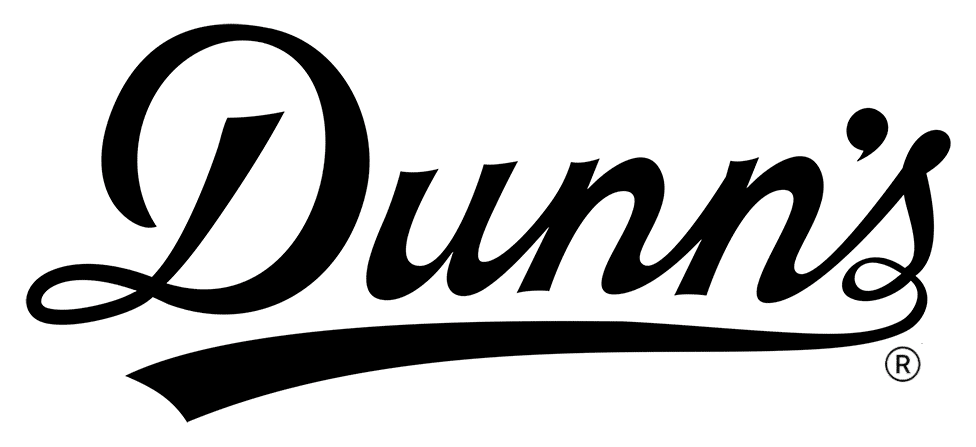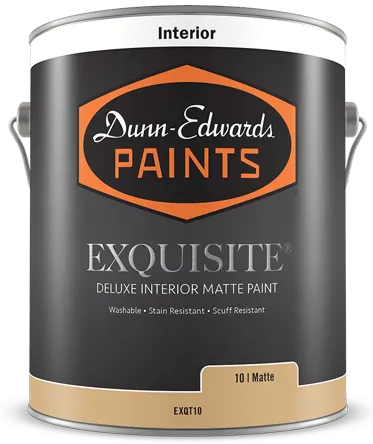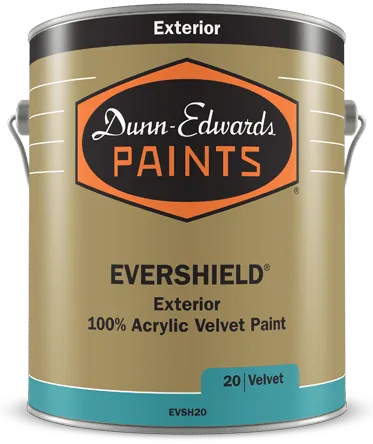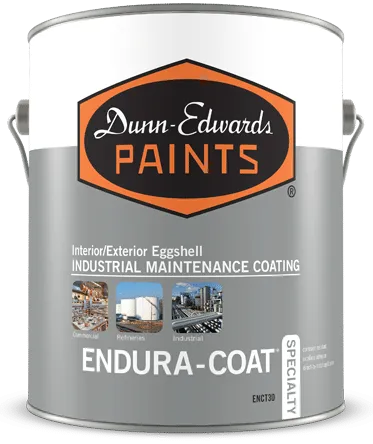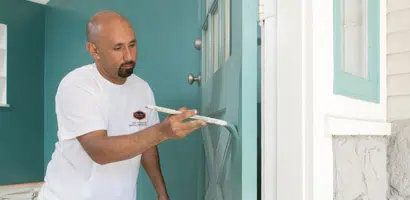Refinishing Oil-based Surfaces Like a Pro
07/11/2015 | Dunn Edwards |
Have a client with a classic, but worn, bannister or other architectural detail and not sure how to repaint it? When it comes to refinishing old "oil-based" painted surfaces, the process can be a bit tricky, not to mention feel slightly overwhelming. That said, by following a few, surprisingly simple, steps, you can breathe new life into an old surface — from that old bannister to a home's original cabinetry and more.
First of all, a little background on those old "oil-based" enamels. A true "oil-based" paint is something that probably only your grandfather or great-grandfather would have ever seen. These turn-of-the-century oil paints gave way to synthetic resin paints that were only "partially" oil. Called alkyds, these enamels first dry by the evaporation of the solvent, then by an oxidation reaction; therefore, they have a "cure" time of a few minutes to several hours, depending on the oil type and amount in the resin. This drying mechanism is very different from today's water-based latex paints and explains why these surfaces can be so hard to repaint — alkyd paints really never stop "drying."
The oxidation mechanism continues for as long as the surface has access to air and will continue to get harder and slicker with time, making repainting similar to painting glass. The other reason that repainting can be difficult is that these paints are like a freshly waxed car. Water, the carrier solvent for latex paints, just doesn't wet the surface very well. There are steps you can take to make these projects turn out beautifully, and the primary step is the same as every painting project — surface preparation.
When painting over existing paint, it's important to know whether the old paint is latex or oil. If you don't know, you can figure it out with this simple test: Rub a cotton ball soaked in rubbing alcohol over the painted surface. If some of the paint comes off onto the cotton ball, the surface is latex. If not, the surface has been painted with an oil-based paint.
If the surface is, in fact, oil-based, it must first be cleaned of any residue left from cooking greases, fingerprints, nicotine and any other contaminants that might affect adhesion. Next, the surface must be de-glossed. While there are chemical de-glossers on the market, there is no substitute for good, old-fashioned sanding. The glossy surface must be dulled down to what needs to be an essentially flat surface, and scuff-sanding is really not enough. Once the surface is sanded dull and all sanding dust is wiped down, use a premium quality primer such as Dunn-Edwards ULTRA-GRIP® to ensure great adhesion of your finish coat. Once you finish priming, complete the project with two coats of Dunn-Edwards EVEREST® Semi-Gloss for a beautiful, completed finish.
So if you're client has been thinking about replacing the bannister or cabinets of their early-20th-century house, provide them with a better option — repaint! With time, patience and, yes, some elbow grease, you can return those surfaces back to their former glory.
